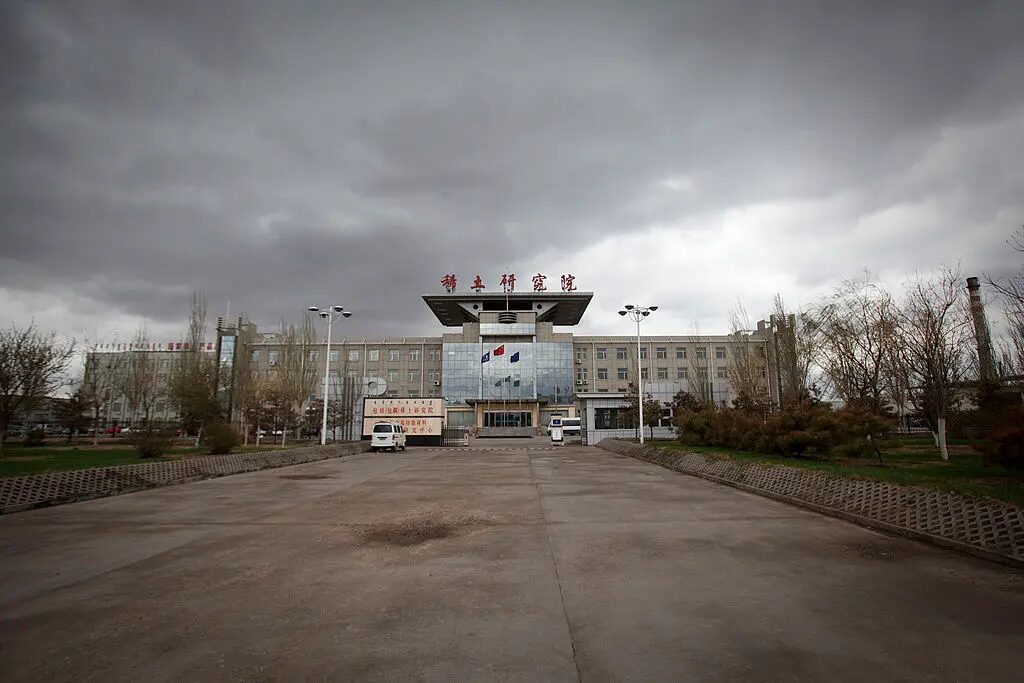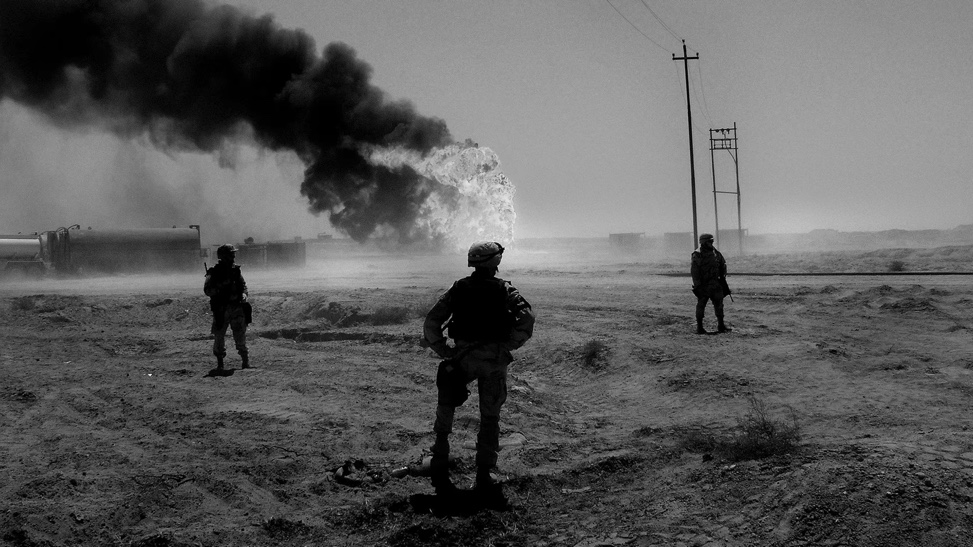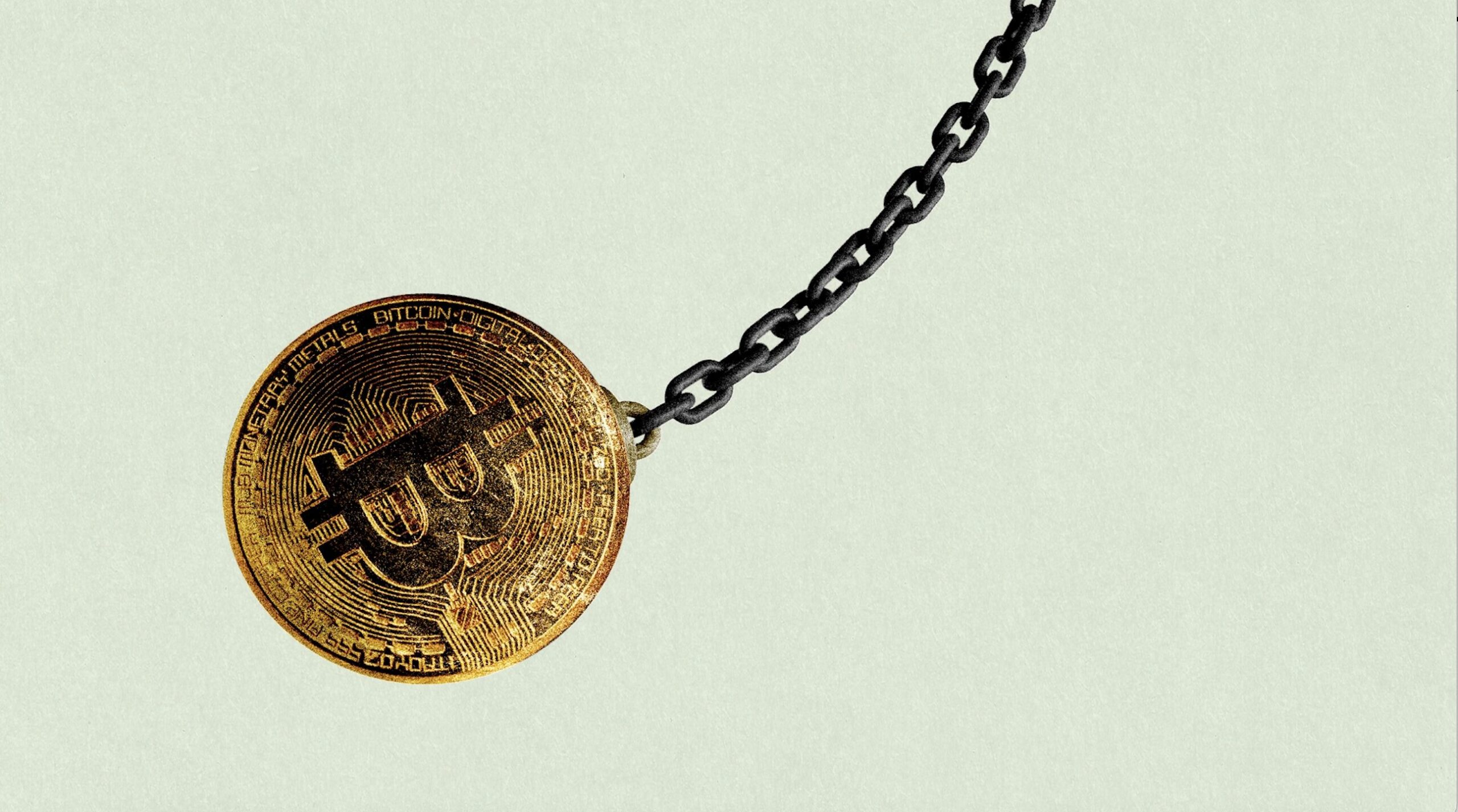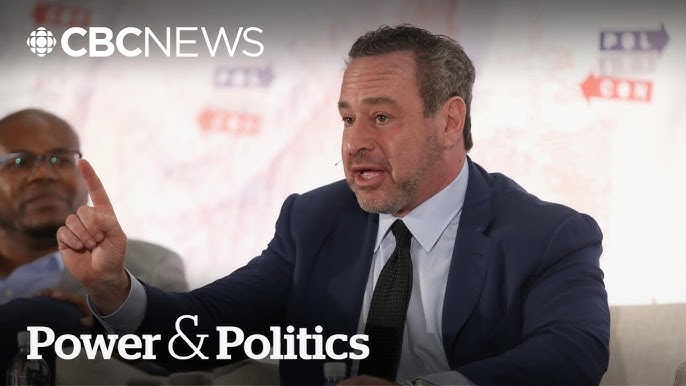wenty years ago, the United States went to war in Iraq to destroy Saddam Hussein’s weapons of mass destruction. Except for an arsenal of chemical-warfare shells and warheads, those weapons weren’t there—Saddam had shut down his efforts to build a nuclear bomb as well as his biological-warfare program. Instead, he thwarted and resisted international weapons inspectors in order to bluff the world into believing that he still possessed capabilities for mass killing. Saddam’s best-hidden secret was his (at least temporary) weakness.
The United States went to war to build a democracy in Iraq. That did not work well either. Iraq does have elections, but the governments produced by those elections have been frail, unstable, and corrupt. The most recent elections were held in October 2021. It took a year of wrangling afterward to form Iraq’s present administration.
The United States hoped that regime change in Iraq would bring stability to the Arab Middle East. Instead, Iraq plunged into civil war. Libya and Syria soon followed. A gruesome, ultraradical “caliphate” seized territory and revenue from both Iraq and Syria. Millions of refugees headed toward Europe, upending the politics of that continent. The war transformed U.S. politics too. The presidential hopes of Hillary Clinton and Jeb Bush numbered among the casualties of Iraq. Donald Trump reinvented himself as an after-the-fact opponent of the Iraq War—and that repositioning helped him into power in 2016.
Saddest of all, the war took a grim toll on the people of Iraq and the armed forces of the U.S. and its coalition partners. More than 4,000 U.S. and coalition troops were killed. Thousands more were gravely wounded. Hundreds of thousands of Iraqis died violent deaths. The war cost American taxpayers at least a trillion dollars, and perhaps double that once the long-term costs of care for wounded veterans are all factored in.
Had Americans known that all of this lay ahead, who would have supported the war back in 2003? Shortly before his death, the late Senator John McCain wrote a final assessment of the war he had supported so strongly at the time: “The war, with its cost in lives and treasure and security, can’t be judged as anything other than a mistake, a very serious one, and I have to accept my share of the blame for it.”
I supported the war as well, as a speechwriter in the George W. Bush administration, and then afterward as a writer and speaker. I believed the intelligence that Iraq was attempting to reconstitute its embryonic nuclear program, as it had done after Israel destroyed its Osirak reactor in 1981. I was horrified, too, by Saddam’s cruelties against his own people and his aggressions against his neighbors. I shared the broad bipartisan post-9/11 consensus that the United States must act more preemptively against organizations and states that used terrorism as a tool—as Saddam’s Iraq had undoubtedly done in the past.
Under Saddam, there seemed little to zero hope for positive change from inside Iraq—in contrast to its neighbor Iran, where the best bet then seemed to me, and still does, to be nonmilitary support for Iranian dissidents, liberals, feminists, and democrats. In the judgment I made on Iraq, I dangerously overestimated the prospects for foreign intervention to build a stable and decent replacement regime.
Those are my explanations, to the extent that anybody cares about them. Explanations, however, do not count for much. Outcomes do.
Yet as we make our appraisals at the 20-year mark, we need to consider another assessment. Where would the United States, Iraq, and the region be today if the U.S. had left Saddam in place in 2003?
By the late 1990s, the United Nations–imposed sanctions regime on Iraq had fallen apart. In 2000, Iraq sold about 3 million barrels of oil a day, almost as much as its peak before the invasion of Kuwait in 1990. Oil prices were low in the late 1990s, but in the new century, both China and India would emerge as huge oil importers, driving prices much higher. Had Saddam remained in power beyond 2003, he would have recovered his former wealth—and with that wealth, his ability to harm his subjects and his neighbors.
We can only guess how the Saddam Hussein story would have ended. But what happened next door in Syria is a clue. There, too, a family dynasty—like the one Saddam was building—ruled by terror. As in Iraq, the Syrian regime enriched a religious minority and subordinated the local religious majority. (The majority was Sunni in Syria, Shiite in Iraq.) The result was to add a ferocious sectarian hatred to a revolt against tyranny. Bashar al-Assad’s regime has survived, of course. Its Russian allies committed terrible atrocities, bombing and massacring Syrian civilians. Assad himself used poison gas as a weapon, as Saddam had done against Kurds in the 1980s and surely would have done again. The Western world stood by. The Obama administration ignored its own declared red lines.
A similar scenario is easy to imagine playing out in Iraq too. In neighboring Iran, after all, such repressions have happened twice since 2003, in the brutal crushing of the Green Revolution in 2009 and, right now, in the gruesome rapes and executions of the women and men who are defying Iran’s misogynistic laws and challenging the regime’s legitimacy.
The one scenario that seems extremely unlikely to have occurred in Saddam’s Iraq: a peaceful transition of power to a better government. Mass violence was coming in that country. For Americans, it would probably have been better if the U.S. had kept its distance from the brewing trouble inside Iraq. Whether Iraq had an alternative future that would have been much better for the country and its people seems very doubtful to me.
Opponents of the George W. Bush administration often contrasted the supposedly “bad” war in Iraq to the “good” war in Afghanistan. President Barack Obama ordered a troop surge in Afghanistan in 2009, much as Bush had done in Iraq in 2007.
Yet the “good” war ended in utter defeat. The Taliban rule Afghanistan again, and have inherited an arsenal of weapons from the U.S.-equipped Afghan army.
The “bad” war, meanwhile, yielded battlefield victories, first during the 2007 surge, then—even more emphatically—in the fight against the Islamic State a decade later. ISIS has been destroyed in Iraq and reduced to a tiny foothold in Syria. Jihadist terrorism has receded across the Arab Middle East, and Islamist terrorism seems in even steeper decline in Europe and the United Kingdom. There were only three completed jihadist attacks in the European Union in 2021, the most recent year for which EU-wide statistics are available. All were committed by people acting alone, using only crude weapons: knives or cars.
Post-ISIS Iraq is an uneasy place, infiltrated by Iran politically and economically. The U.S. has hit back hard against Iranian interference. In January 2020, it struck and killed the Islamic Revolutionary Guard Corps Commander Qassem Soleimani inside Iraq. President Joe Biden’s first military action was to order air strikes inside Syria against pro-Iranian militias.
The U.S. is also still partnered with Iraq, if awkwardly so. Although the U.S. no longer has a combat role inside Iraq, some 2,500 American troops remain there to advise and assist their Iraqi and Kurdish counterparts. On a visit to Washington, D.C., in February, the Iraqi Foreign Minister and Deputy Prime Minister Fuad Hussein hailed the U.S.-Iraq relationship: “We worked together, we fought together, we defeated the so-called Islamic State together, and we will continue working together on the basis of building and rebuilding our economy.” U.S. Secretary of Defense Lloyd Austin visited Baghdad on March 7 and said, “The United States will continue to strengthen and broaden our partnership in support of Iraqi security, stability, and sovereignty.”
The Kurdish autonomous region has its own very complicated internal politics. The region maintains a direct relationship with the U.S., including security arrangements and a funding deal for its military.
Greater stability has had economic benefits. In a spectacular return to global oil markets, Iraq is now the world’s fifth-ranked oil producer, selling 4 million to 5 million barrels a day. To the extent that this income reaches individual Iraqis, it does so in the form of direct payments from the state: About 7 million out of 40 million Iraqis receive a government salary or pension.
During the coronavirus pandemic, those payments fell into arrears, inflicting hardship and raising the poverty rate. Yet the resources are there to build a better future. Imperfect as Iraqi governance is, thanks to the U.S. intervention, the country has for the first time in its independent history a political system that is in some measure accountable to its people.
Scholars and experts like to ponder the lessons of Iraq, and politicians and journalists like to debate them. To my mind, the most important lessons regard government decision making, offering a warning against groupthink and self-deception. Crucial decision makers started with an assumption that regime change in Iraq would be cheap, easy, and lightly contested. They then isolated themselves from all contrary information—until it was too late.
Iraq was an optional war. Options need to be examined, their potential costs measured. That did not happen in the period from 2002 to 2003. I don’t believe any leaders of the time intended to be dishonest. They were shocked and dazed by 9/11. They deluded themselves.
The Iraq experience has cast a long shadow. The decade after the end of the Cold War was a time of peak American optimism and self-confidence. That all came crashing down in the 2000s. The post-9/11 wars, followed by the global financial crisis of 2008–09, left Americans understandably disillusioned with their leaders and their institutions. The belief that America could be a force for good in the world sadly and wrongly dimmed. Memories of Iraq became a powerful resource for extremists and authoritarians who wanted to push democracies aside and leave the world to the autocrats.
“What about Iraq?” became an all-purpose excuse for Russia’s invasions of Georgia and Crimea; for its mass-casualty bombing in Syria; for Iran’s wars in Yemen, Syria, and Lebanon; for China’s threats against Taiwan and its oppression of the Uyghur people. If the U.S. could launch a war because it felt threatened by Iraq, why not award equal opportunity for any other state with a superior army and a claim of insecurity?
This line of reasoning was more a debating point than an argument. What the U.S. did in Iraq was not an act of unprovoked aggression. The U.S. and allies had fought a clearly legitimate war in 1990–91 to liberate Kuwait from an Iraqi invasion. Iraq sought and got a cease-fire in 1991 on conditions that included arms inspections. Iraq again and again cheated on those conditions, and persisted in threatening renewed aggressions.
In 1994, the Clinton administration rushed troops to Kuwait to deter a second threatened Iraqi invasion. President Bill Clinton arrived in person to emphasize the warning. In 1998, Clinton ordered strikes on Iraqi military facilities after Iraq defied other terms of the cease-fire.
Saddam Hussein’s culpability does not mean that the renewal of full-scale war in 2003 was wise. Plainly, it was not. What unfortunately that misadventure did do, however, was leave the U.S. too shell-shocked to act decisively against other aggressors elsewhere—and to inspire in potential aggressors a new confidence that America was too divided and weak to stop them. Iraq did not provide any kind of honest justification for the actions of Russia, Iran, or China. But it did open up an opportunity, and they seized it. This was one more costly consequence of the Iraq War.
The invasion of Ukraine has recalled the peoples of the Western democracies to themselves. There are times when free people must fight in self-defense. That truth must not be lost, whatever lessons we draw from the Iraq War. And perhaps the commitment to share that freedom with the people of Iraq is not yet lost either. They have gained a chance, and their story is not over.







